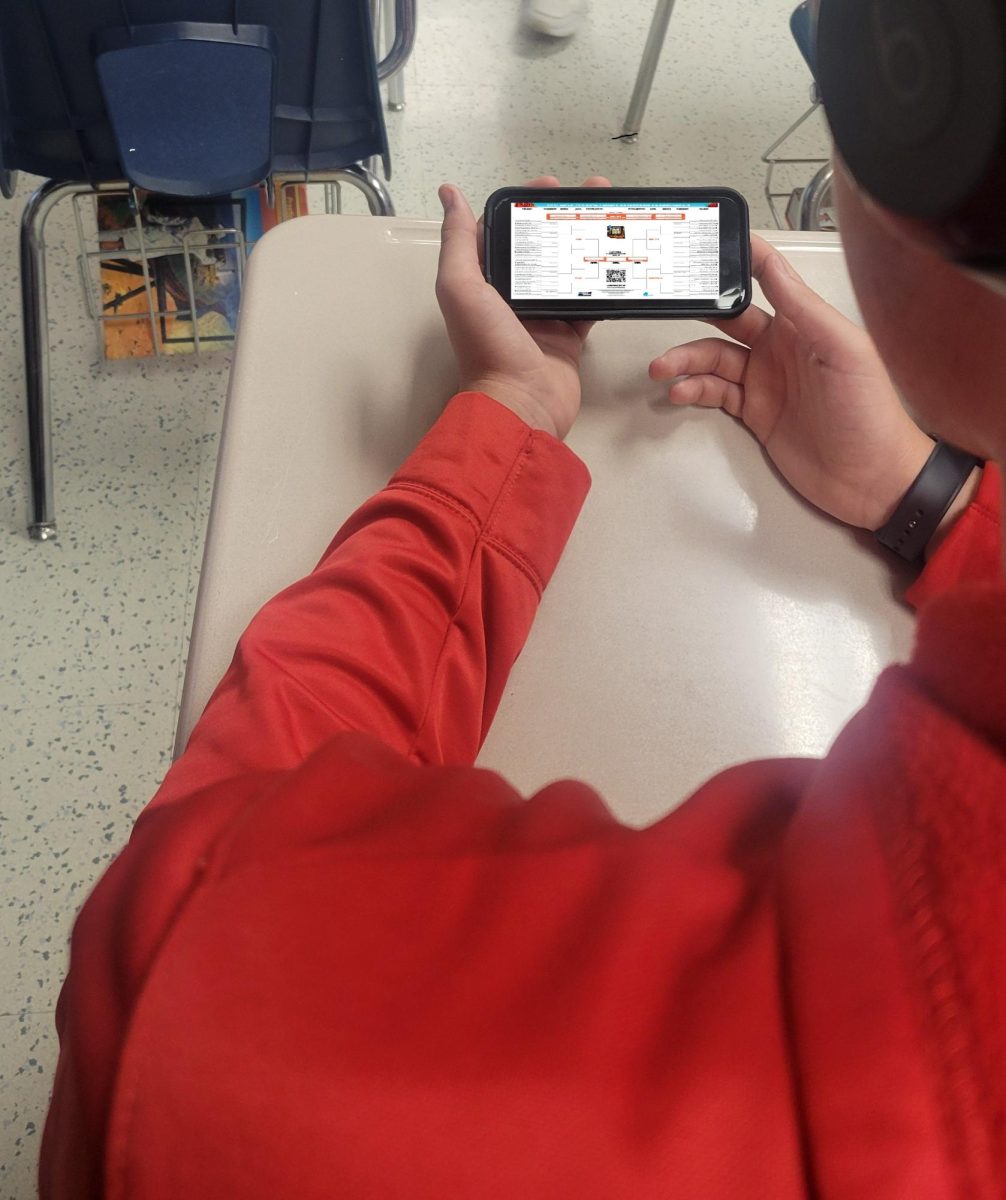The origin of Easter Bunnies and Easter Eggs dates back hundreds of years before the Christian celebration of the holiday. Junior Matthew Derrick questions, “How did they get a rabbit carrying around Easter eggs? I don’t see how they go together.” And while most are now eating their last chocolate rabbits and Cadbury eggs, this is still a question raised every year, around the start of April.
Some have created elaborate beliefs behind these symbols. Sophomore Amber Vella believes, “The Easter bunny hates the chicken, so it hides its eggs from him.” And junior Shuler Sitsch dreams a fantasy of his own, “The bunny works year round to produce these incredible eggs to bring joy and happiness to the young future of our world.”
The truth is, prior to Christ’s Resurrection, Easter served as a time for pagans to celebrate the coming of spring. Festivities ensued as the pagans thanked their goddess Eastre for the new season. Eastre is known as the goddess of dawn, spring, and fertility.
After Christ’s Resurrection, Christians chose to merge the festivities, since the Resurrection of Jesus and the celebration of the new season occurred at the same time. Gradually the holiday has become known as Easter, named after Eastre, and a single holiday was fused together.
The Easter Bunny’s origins lie in the pagan festival. The Anglo-Saxons worshipped Eastre in the form of a rabbit. The symbolism was brought to America by the Germans, and is widely used for commercial purposes.
In legends, the Easter Bunny carries baskets full of treats and colored eggs to children across the world. Occasionally the rabbit hides the eggs, making children search for them. The first edible Easter Bunny was created in a German bakery in the late 1800s.
The egg also derives from the pagan celebration. Hundreds of years before the Christian celebration, people exchanged real decorated eggs at the turn of the season as a talisman. The egg contained alleged magic properties, supposedly bringing new life and rebirth to the receiver; which is essentially what Spring is known for.
Obviously the egg and the rabbit are loosely connected to have become such well known symbols of Easter. But with hundreds of millions of people observing Easter annually, it seems that the compilation of random traditions and symbols has combined to form a very successful and widely celebrated holiday. So while the modern observation of Easter is primarily a Christian festivity, the symbols we know the holiday for stretch back long before the Resurrection of Christ.





